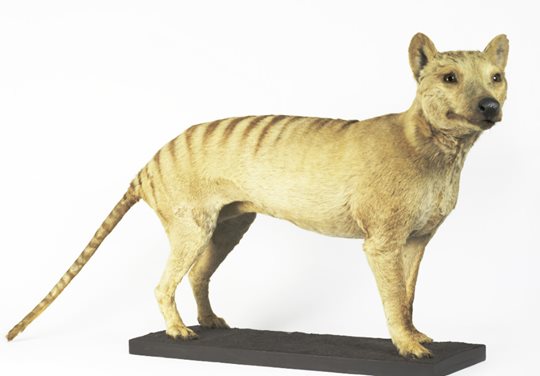Lord Lucan
Justified & Ancient
- Joined
- Feb 17, 2017
- Messages
- 4,632
It appears that thylacine fur glows under ultraviolet light:
'Exciting' new thylacine discovery shines light on Tasmania's extinct marsupialIn the darkest depths of 2020, a charming story brought light to our lives.
https://www.abc.net.au/news/2022-08...r-ultraviolet-light-tasmanian-tiger/101346906A group of researchers in the United States shone a black light — a type of ultraviolet light — on a preserved platypus pelt to find that it glows.
The story went globally viral and researchers at the Western Australian Museum were inspired to shine a black light on many specimens, such as bilbies and wombats, finding that these marsupials also glowed.
This left ABC Radio Hobart journalist Lucie Cutting wondering; do thylacines follow this rule and would they glow under black light?
Thylacines, or Tassie tigers, were the world's largest carnivorous marsupials before they were hunted to extinction.
In 1936 Benjamin, the last known thylacine, died of exposure at the Beaumaris Zoo in Hobart.
The species continues to fascinate people around the world, with some believing it is still alive and others plotting its return.


